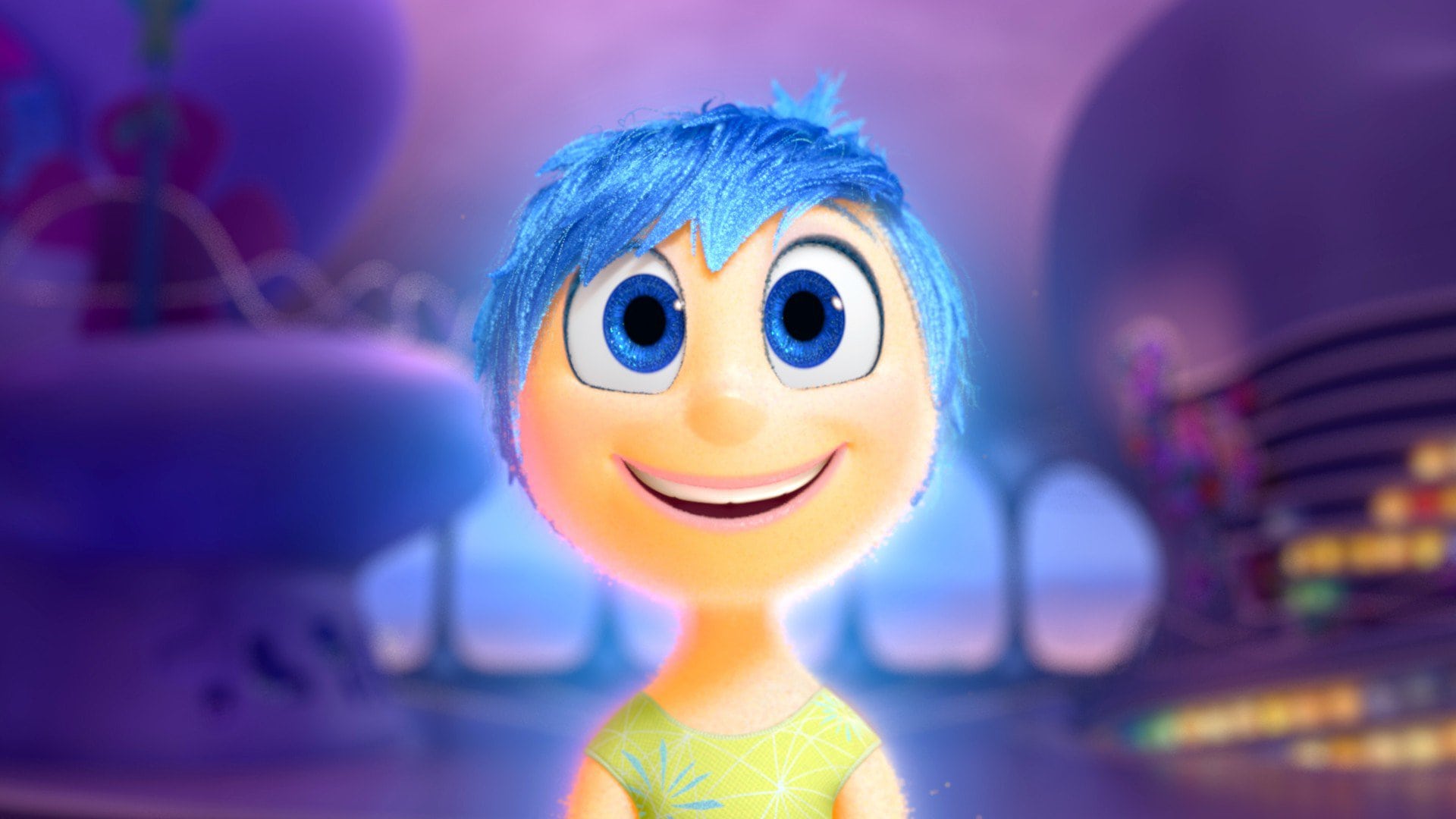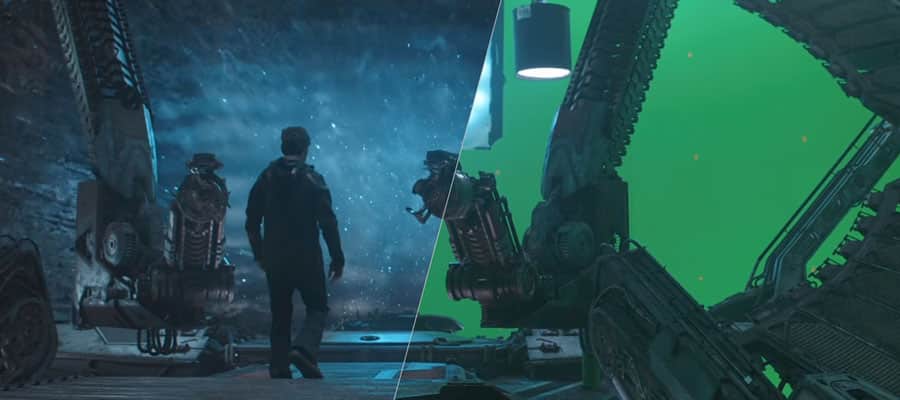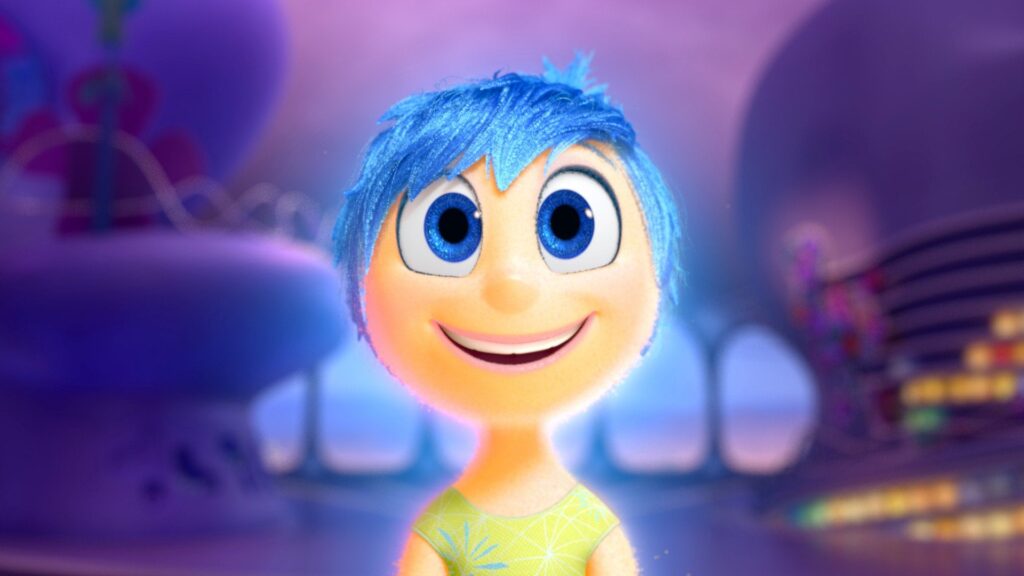Visual Effects are everywhere these days, from the cinema you watched last night to the TV shows you watch when you get home. Most people don’t even notice them anymore. VFX are images or animations generated by a computer and displayed on the screen. They are so common now that whenever a VFX is noticeable, it’s out of place. No matter how many times a movie makes a giant leap from one place to another in an instant, we don’t question it anymore. It’s just a Visual Effects.
What is Visual Effects
The term “Visual Effects” or “VFX” is the practice of combining live-action footage with computer-generated imagery or any other virtual element.
It is often used to create scenes, characters, and environments that would be too expensive, dangerous, or even impossible to create in real life. VFX can include anything from creating explosions to adding special effects to the environment to digitally creating a whole new world. The possibilities are virtually limitless and can be used to take any content to the next level.
The process is broken down into different tasks (such as model making, animation, lighting, compositing, etc.), which VFX artists or 3D artists complete with different specialties.
Early Days of VFX
Visual effects have been used in movies since their start. The first known use of VFX was in the film The Last Crusade (1989), where they used green screens to create the long pass. The first film that used VFX was the movie King Kong (1933). They were used in the film to add a background to the main character.
For a long time, Visual Effects were just a bunch of people sitting at a desk pushing buttons and moving sliders on a screen, but that has all changed in recent years. While we still make a lot of the same things, a lot of work done today involves using digital cameras and creating 3D models from scratch to make realistic-looking shots. This artistically challenging work involves using all different kinds of tools and techniques, and it is this variety that makes the process so fascinating.
Also, there was one glaring problem in computer animation’s early days: the computers couldn’t handle it. In this era of fast internet connections and powerful PCs, it’s hard to fathom how primitive they were. Jurassic Park, the pioneering CG film that defined the genre, is a perfect example of how far we have come since then.
Stages in the Visual Effects Process
When we talk about Visual Effects, we mainly talk about the final product of the process. However, there is more to VFX than just the final product. The process is a long and complex one, made up of different stages.
The vast majority of VFX work involves combining the following phases: Pre – Production, production, and Post – Production. Pre – Production is when a visual effects supervisor and team are hired, and they develop a shot-by-shot list of effects needed to create the film. In this phase, the pre-visualization team creates digital pre-visualization (or previs) of all the key shots. Then the VFX team will create photorealistic effects plates to match the previs. After the team complete the photorealistic effects plates, they can then be used by the editor and director to cut the film.

Difference between Special Effects (SFX) vs. Visual Effects (VFX)
Visual effects and Special effects are both movie’s magic tricks. While they are both used to create movie magic, there are some differences between the two that make them distinct. SFX are created on set – they are used to make the set look real. For example, a director will use an SFX to make a wall look like it has a hole so that the actor knows where to walk or when a car goes off a cliff. VFX are created in post-production – they are added to make a movie more exciting or fix an issue created during filming. For example, VFX can make a background green screen/blue screen look real or remove the wires used in filming.
Future of VFX and VFX industry
The Visual Effects industry has come a long way in the past decade. Traditionally, it is known for animating humans, animals, and monsters for films. But today it is about so much more than that. VFX is a tool that can be used in just about any digital screen-based medium today, from TV commercials to music videos, to sports highlights, to web design, to mobile apps, to video games and more.
It’s easy to assume that visual effects are just about making things look pretty on the surface. While that is part of it, the process is a lot more complicated, and the industry is undergoing changes of its own as it looks to the future. Emerging technologies like VR, AR, and AI are set to redefine the boundaries of VFX, offering new tools for creators and new experiences for audiences that are making headway into the business of visual effects. At the same time, new business models are emerging, and the industry is going through a kind of renaissance with new, more efficient ways of creating content.
It isn’t easy to pinpoint exactly where we are headed since the industry is amid a technological and cultural metamorphosis. However recent trends in television and film production have set the stage for some changes on the horizon.
Epilogue
Having been around for over a decade, we have seen the field change dramatically. The world of VFX is now more accessible than ever. At FXiation Digitals, our team of talented artists are Visual Effects veterans with many years of experience and a proven track record of creating top-notch VFX for both the small and large screen. From pre-production to the final cut, we help you create the perfect environment to tell your story and put your vision on screen. All of our artists are passionate about what they do and have worked on a wide range of projects for many clients. So do reach out to us from here if your next project calls for VFX and animation.






